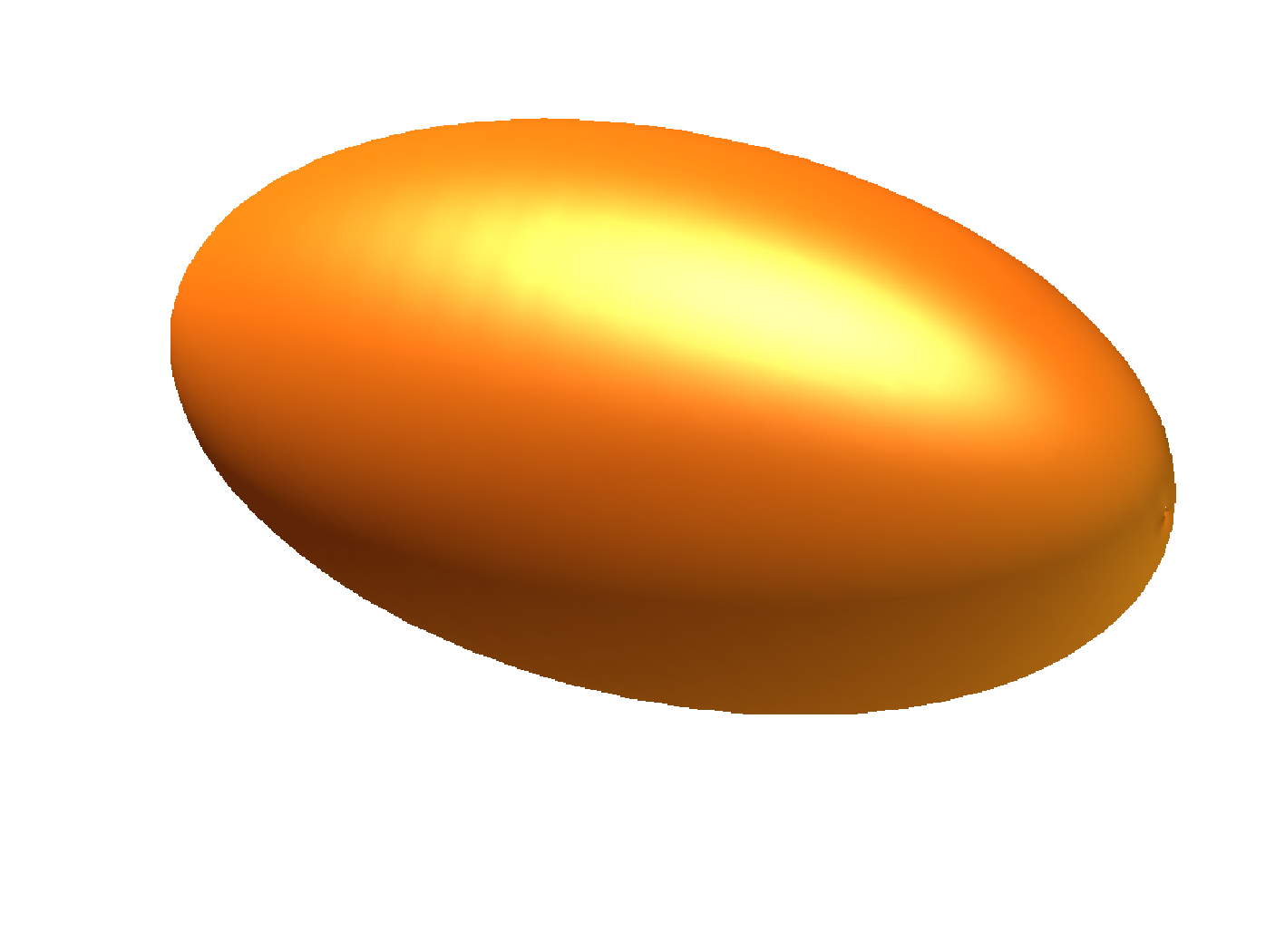#shape_of_the_atomic_nucleus

Shape of the atomic nucleus
The shape of the atomic nucleus depends on the variety of factors related to the size and shape of its nucleon constituents and the nuclear force holding them together. The origins of nuclear shape begin with the spacial extent of almost nearly all stable and a great many unstable nuclei has been determined mainly by electron and muon scattering experiments as well as spectroscopic experiments. An important factor in the internal structure of the nucleus is the nucleon-nucleon potential, which ultimately governs the distance between individual nucleons, while a dip in the charge density of some light nuclide structures a lesser density of nucleonic matter. A surprising non-spherical expectation for the shape of the nucleus originated in 1939 in the spectroscopic analysis of the quadrapole moments while the prolate spheroid shape of the nucleon arises from analysis of the intrinsic quadruple moment. The simple spherical approximation of nuclear size and shape provides at best a textbook introduction to nuclear size and shape. The unusual cosmic abundance of alpha nuclides has inspired geometric arrangements of alpha particles as a solution to nuclear shapes, although the atomic nucleus generally assumes a prolate spheroid shape. Nuclides can also be discus-shaped, triaxial or pear-shaped.
Sat 31st
Provided by Wikipedia
This keyword could refer to multiple things. Here are some suggestions: